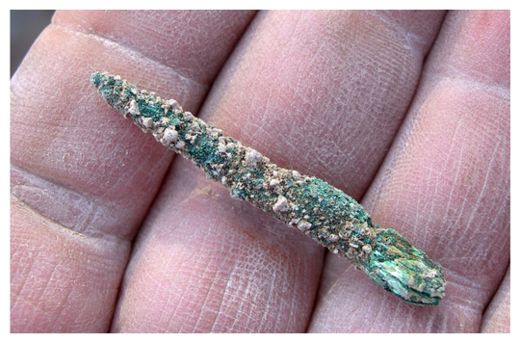
© PLOS ONEA copper awl was discovered at the archaeological site Tel Tsaf in the Jordan Valley of Israel, dating to 5100 B.C. to 4600 B.C.
A copper awl is the oldest metal object unearthed to date in the Middle East. The discovery reveals that metals were exchanged across hundreds of miles in this region more than 6,000 years ago, centuries earlier than previously thought, researchers say.
The artifact was unearthed in Tel Tsaf, an
archaeological site in Israel located near the Jordan River and Israel's border with Jordan. The area was a village from about 5100 B.C. to 4600 B.C., and was first discovered in A.D. 1950, with digs taking place from the end of the 1970s up to the present day.
Tel Tsaf possessed large buildings made of mud bricks and a great number of silos that could each store 15 to 30 tons of wheat and barley, an unprecedented scale for the ancient Near East. The village had many roasting ovens in the courtyards, all filled with burnt animal bones, which suggests people held large events there.
Moreover, scientists had unearthed items made of obsidian, a volcanic glass with origins in Anatolia or Armenia, as well as shells from
the Nile River in Egypt and pottery from either Syria or Mesopotamia. All in all, these previous findings suggest this community was an ancient international center of commerce that possessed great wealth. [
See Photos of the Ancient Settlement and Metal Awl]
Archaeologists discovered the cone-shaped awl in the grave of a woman who was about 40 years old when she died, and who had a belt around her waist made of 1,668 ostrich-egg shell beads. Several large stones covered the grave, which was dug inside a silo, suggesting both the woman and the silo were considered special.
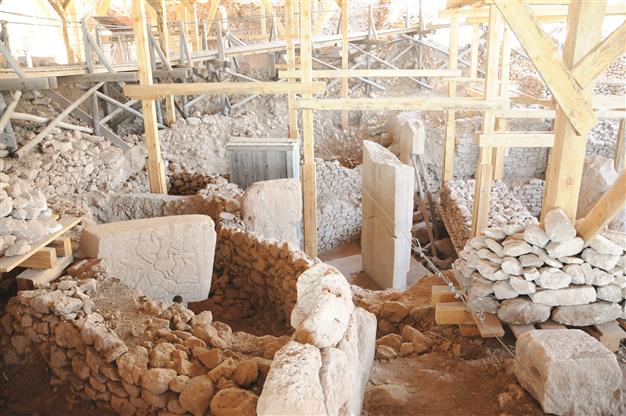

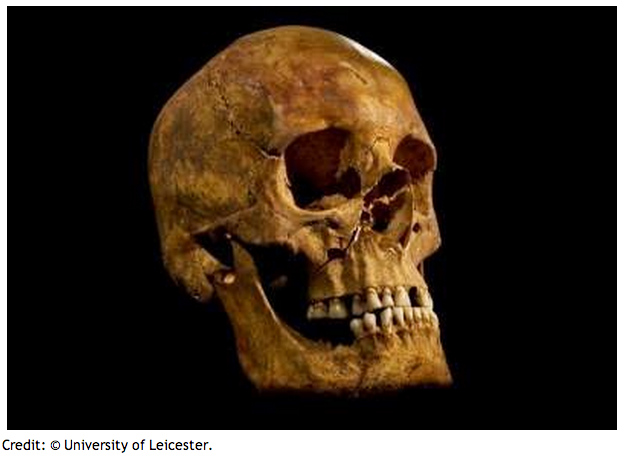
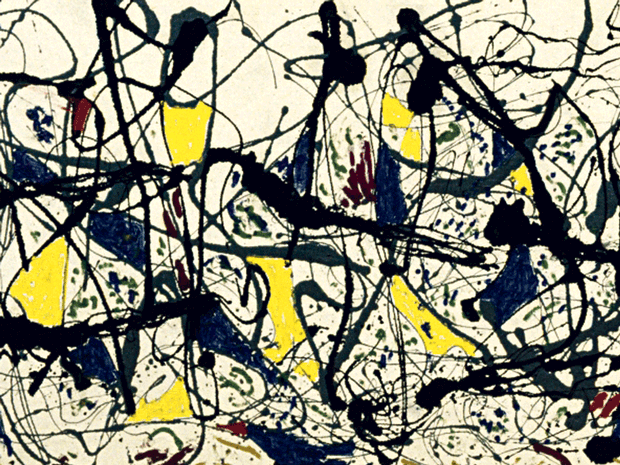
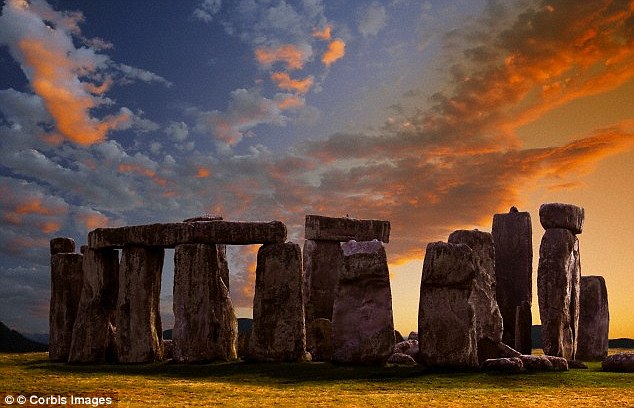


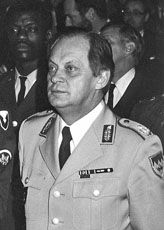

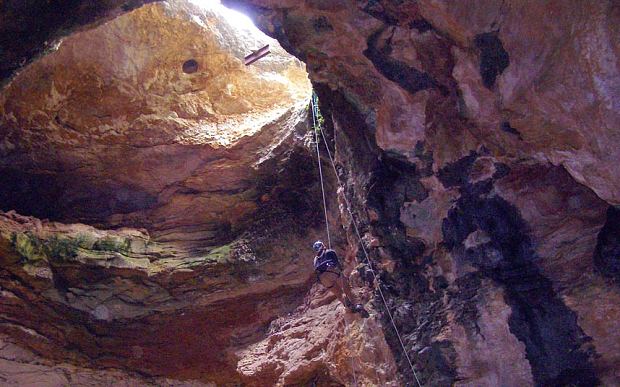



Comment: The region of Anatolia in Turkey is known to have the most spectacular underground networks in the world. One of the most magnificent subterranean cities is Derinkuyu, which is eleven levels deep, has 600 entrances, consists of many miles of tunnels connecting it to other underground cities, and can accommodate thousands of people. It is truly an underground city, with areas for sleeping, stables for livestock, wells, water tanks, pits for cooking, ventilation shafts, communal rooms, bathrooms, and tombs.
Inside the intriguing ancient underground city of Derinkuyu